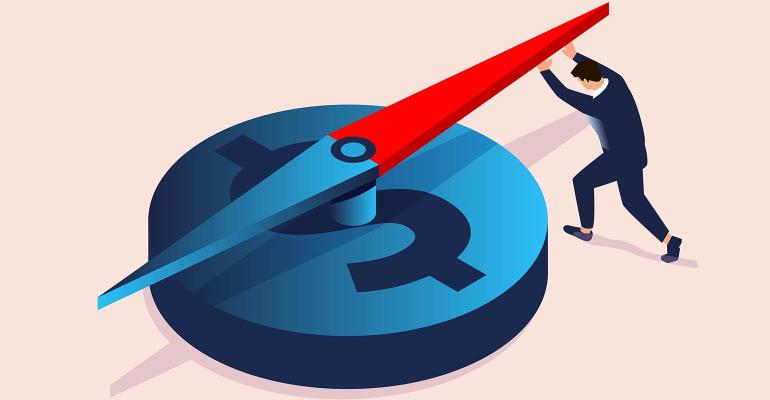According to a recent Business Wire survey report, 86% of consumers will leave a brand they were once loyal to after only two-to-three bad customer experiences. Customers have countless ways to engage with a brand, making not only first impressions important but every single one thereafter.
When you think of your favorite brand, whether potato chips or cars, I’m guessing there are several others in the marketplace to choose from that do “exactly” the same thing. In our world, there’s an Edward Jones office operating on every street corner, a television broadcasting a Fisher Investments commercial, skyscraper buildings labeled Morgan Stanley or Merrill Lynch, an employer 401(k) plan aligned with Fidelity Investments or Vanguard, and a competing financial advisory inviting your potential prospects to their upcoming retirement planning dinner seminar.
No matter where you might find yourself in our financial advisory world, there’s another “you” out there trying to sway a customer’s decision in their favor, even though they’re already part of your brand’s customer journey.
So, here are three helpful ways you can analyze your customer journey to improve sales and marketing efforts, and ultimately win (and keep winning) that business for your firm.
- Establish Benchmark Timeframes Between First Impression, First Appointment and Close
While the sales cycle extends far beyond the date of a new client’s closing, it’s important to get a sense of how long your customer’s journey takes and what you can do to help expedite it. If you don’t have a process to welcome a new prospect to your firm with an automated email and texting sequence, then that is a great place to start.
When analyzing the year-to-date success of a Lone Beacon’s advisor’s ability to convert new business, our research showed that using extended welcome email automation sequences helped convert prospects into clients at a faster rate than those who did not. Some, on average, saw their closing timeframe shrink from 81 days to 46 days. Others saw theirs decrease from 204 days (without extended email sequences) to 66 days (with extended email sequences).
- Review Core Email and Website Metrics, Top Content Topics and Types, and Focus on the Most Engaged Users
What the people want, the people should get. But is it that simple? Two-thirds of customers expect companies to understand their needs, based on a recent Salesforce survey. To understand the needs of the prospects on their journey to becoming your customer, you need to focus on what’s resonating with them.
Think of your website as your storefront. Think about how you plan to get a sense of what departments (i.e. webpages) people are shopping in, what times of the day they come in, and ultimately what they’re buying (i.e. engaging in). Then, think about your emails as the traditional Sunday newspaper that would come with a binder full of advertisements. Are people responding to the Black Friday sale? Are people coming in to get the featured product on the front page? If you’re sending out quality, engaging emails to your database of clients and prospects, then you must know what types of content and topics are resonating with them and why. Finally, shift your focus to those who truly care; people going through their customer journey who are engaging with your firm because of a specific reason. Remember, they’re likely getting it from one of the many competitors mentioned earlier, so stand out and be timely with your follow-ups.
- Evaluate Closed Business Patterns and Behaviors among Existing and New Clients
To keep things simple, let’s say you brought in 10 pieces of business in 2022. Sixty percent were brand new clients to your firm, and 40% were existing clients buying services. Here are just a couple of the questions you should be asking yourself about those closes to learn more:
- Where did the 60% come from? Where did the 40% come from?
- Locations include digital, content and web marketing sources, geographic regions and more.
- How long did each of them take to go through their respective sales cycles?
- If they came through because of good customer service or through a referral, do you know the positive experience they had? Who referred them to you, and what are their relevant traits?
- What do they represent to your firm in terms of immediate and long-term revenue?
- What is required to service them and keep them happy?
It’s time to take a unified approach to analyze your customer’s journey. What marketing elements and sales processes go into your customer’s journey? How will you update everything based on real, known data? And who will you appoint to this project to help you? These are difficult yet pressing questions that any business owner dealing with customers and their retention and recruitment should strive to answer.
Mike Schaffman is Lone Beacon’s Vice President of Sales and Marketing.





